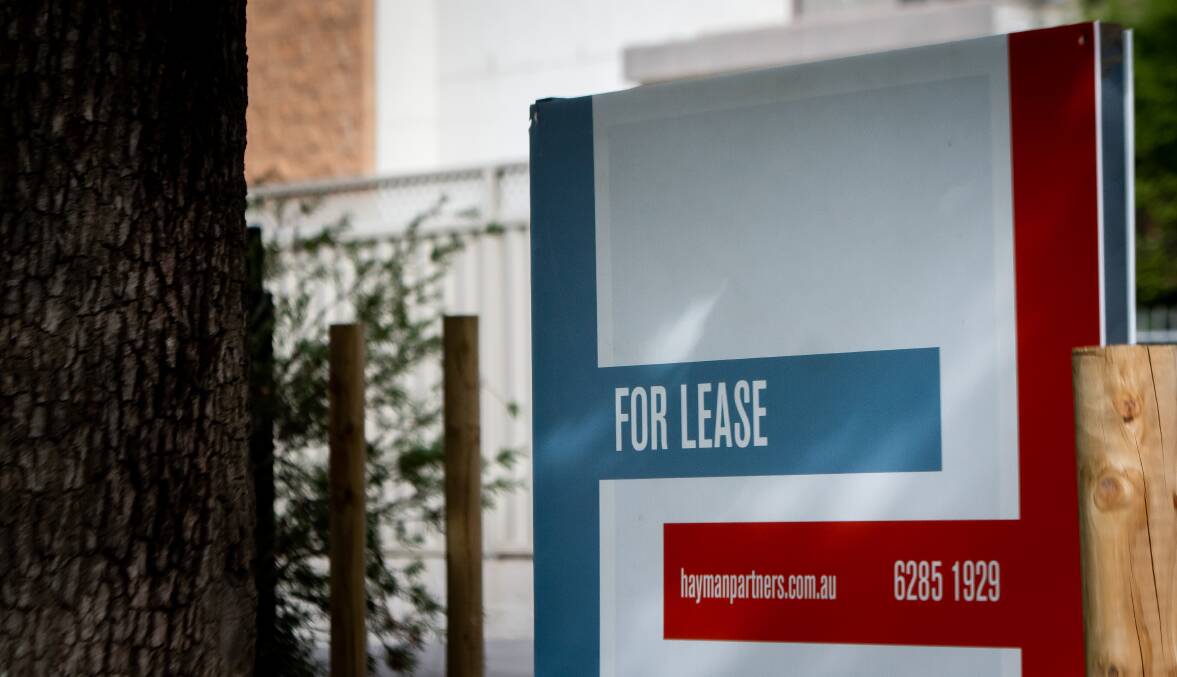Canberra rents fell slightly in April, despite an upward trend across most other capital cities.
Canberra's median dwelling rents - which includes both houses and units - fell 0.2 per cent for the month to $677 per week, the latest rental report by CoreLogic revealed.
The fall was driven by a 0.2 per cent decrease in house rents to $715 per week, while Canberra's median unit rents were unchanged at $586 per week.
Hobart was the only other capital city to record a fall in median rents, down 0.3 per cent.
The report also found Canberra rents were bucking a longer-term trend.
Median rents across the combined capital cities increased 11.7 per cent for the 12 months to the end of April, marking the strongest annual growth on record.
But Canberra's dwelling rents fell 0.7 per cent over that time.
The fall was driven by a 1.8 per cent decrease in house rents, while unit rents increased by 2.4 per cent over the 12-month period.
Canberra's gradual decline in rents saw it overtaken by Sydney earlier this year as the most expensive capital city for renters.
CoreLogic economist Kaytlin Ezzy said higher levels of rental supply were one contributing factor.
Over the four weeks to April 30, Canberra rental listings were about 23 per cent higher than the previous five-year average and about 40 per cent above this time last year.
"Canberra is one of the only capitals that is seeing rental supply listings above what we would typically expect to see for this time of year albeit from quite a small number," Ms Ezzy said.
"So that easing in supply is definitely taking pressure off the rental appreciation that the rest of the country is seeing."
Ms Ezzy said the uptick in rental supply could be due to people reforming share houses that were previously split up throughout COVID-19.
Renters looking for more affordable options, such as moving from a house to a unit, could also be helping to ease rent prices, Ms Ezzy said.
"The average house in Canberra is about $40 cheaper than the average house in Sydney," she said.
"So that affordability factor really is, I think, having an impact on what people can pay and [leading to] more people search for more affordable rentals in either the unit sector or by sharing that rental burden," she said.
Canberra's vacancy rate across all dwelling types was 2 per cent in April, up from 0.9 per cent a year ago.
The rental yield across Canberra dwellings was 4.12 per cent for the month, up from 3.77 per cent the same time last year.
The report stated there was unlikely to be much relief for renters in the near future with overseas migration expected to continue and supply likely to remain low.
"Given that the flow of new unit approvals has held below average since 2018, the rental market will likely continue to have supply issues over the medium to long term," it stated.
We've made it a whole lot easier for you to have your say. Our new comment platform requires only one log-in to access articles and to join the discussion on The Canberra Times website. Find out how to register so you can enjoy civil, friendly and engaging discussions. See our moderation policy here.








